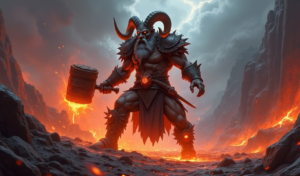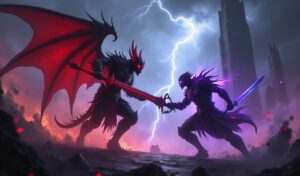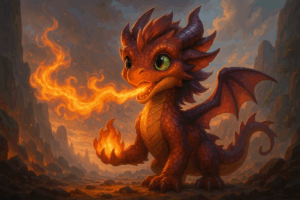Overview
Advanced split-pushing techniques are comprehensively explored in this guide covering champion selection, map awareness, wave management, timing, communication, and strategic warding for creating effective map pressure in League of Legends. By mastering these seven key strategies, players can force difficult decisions for enemy teams, create openings for objectives, and ultimately climb the ranked ladder through superior macro gameplay.
Table of Contents
Split-pushing techniques remain one of the most powerful strategies in League of Legends for creating map pressure and securing victories. When executed correctly, split-pushing can force difficult decisions for the enemy team, create openings for objectives, and ultimately help your team secure the win. In this comprehensive guide, we’ll explore seven proven split-pushing techniques that can help you dominate lanes and climb the ranked ladder.
Whether you’re a top laner looking to improve your macro game or a jungler wanting to understand how to support split-pushers better, these strategies will elevate your gameplay. Let’s dive into the world of split-pushing and discover how to use this powerful tactic to its full potential.
Understanding Split-Pushing in League of Legends
At its core, split-pushing involves applying pressure to a side lane while your team pressures elsewhere on the map. This creates a “split” focus for the enemy team, forcing them to either send multiple champions to deal with you (creating opportunities for your team) or lose towers and inhibitors.
The primary goal of split-pushing isn’t always to take towers—sometimes it’s about creating pressure that pulls enemies away from objectives like Baron or Dragon. Effective macro gameplay combines split-pushing with objective control for maximum effectiveness.
Split-pushing techniques vary based on game state, champion selection, and team composition. The most successful split-pushers understand not just how to push a lane, but when to do so, and how to escape when the enemy team responds.
Here are the core elements that make split-pushing work:
- Strong dueling potential to win 1v1 encounters
- Fast wave clear and tower-taking ability
- Escape tools or survivability mechanics
- Excellent map awareness and vision control
- Good communication with your team
Best Champions for Split-Pushing Success
Not all champions are created equal when it comes to split-pushing. The best split-pushers typically share certain traits: fast wave clear, tower-taking abilities, escape tools, and strong 1v1 potential. Let’s look at some of the most effective split-pushing champions in the current meta:
Tryndamere is perhaps the quintessential split-pusher. His ultimate makes him incredibly difficult to kill, while his mobility and critical strike chance make him both dangerous in duels and fast at taking towers. Furthermore, his sustain allows him to stay in lane for extended periods.
Fiora offers another excellent split-pushing option with her strong dueling potential and ability to take towers quickly with her attack speed steroid. Her riposte and mobility make her difficult to catch, while her true damage allows her to cut through even the tankiest opponents.
Jax combines excellent dueling with strong tower-taking ability thanks to his attack speed steroid and empowered auto attacks. His Counter Strike provides safety against auto-attackers, and his Leap Strike gives him both engage and escape options.
Other strong split-pushing champions include:
- Camille – Great mobility and single-target lockdown
- Yorick – Exceptional tower damage with Maiden of the Mist
- Nasus – Infinite scaling and tower destruction with Siphoning Strike
- Shen – Global presence with ultimate while still applying pressure
According to League of Legends official champion statistics, champions with mobility and tower-taking abilities consistently maintain higher win rates in solo queue environments where split-pushing thrives.
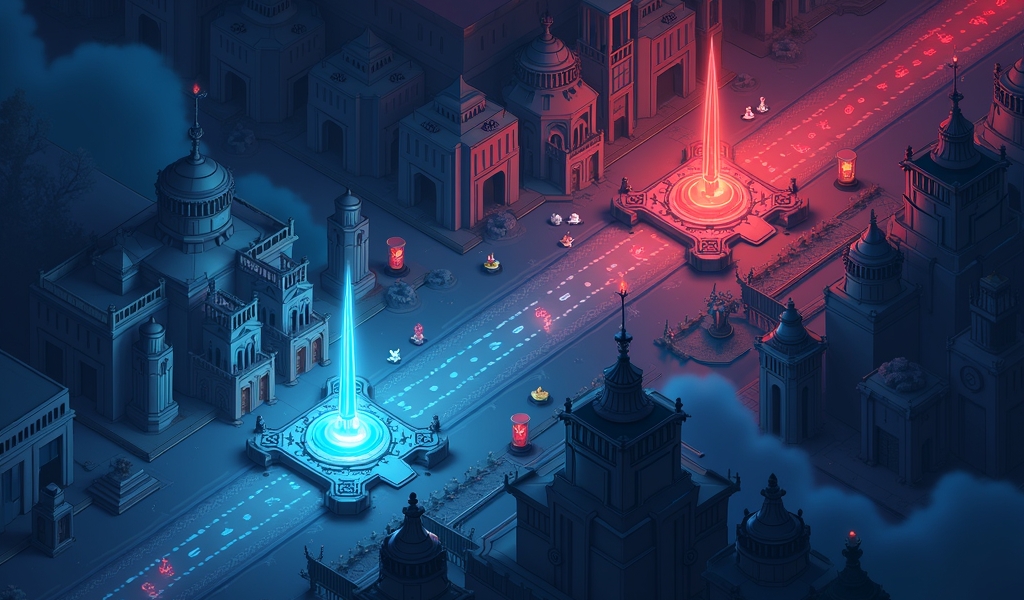
The Critical Role of Map Awareness
Successful split-pushing hinges on exceptional map awareness. Without it, you’ll quickly find yourself caught out by enemy rotations and ganks, turning your split-push into a disadvantage for your team.
The first rule of split-pushing is simple: if you don’t see enemies on the map, assume they’re coming for you. This mindset will save you countless deaths and prevent enemy momentum swings. Always track the enemy jungler and mid laner in particular, as they can rotate quickly to punish your push.
Here are key map awareness techniques for split-pushers:
- Constantly check the minimap (aim for every 3-5 seconds)
- Track enemy positions and note when they disappear
- Pay attention to objective timers to split-push when enemies are focused elsewhere
- Understand typical enemy rotation times from their current position to yours
- Monitor your team’s position to gauge available support
Pro players like TheShy and Nuguri are renowned for their split-pushing prowess specifically because of their exceptional map awareness. They know exactly when to push and when to back off based on subtle minimap information that less experienced players might miss.
Professional coaches often recommend exercises like setting a timer to check the minimap regularly, which can dramatically improve your split-pushing effectiveness over time.
Wave Management for Effective Split-Pushing
Wave management is the unsung hero of effective split-pushing techniques. Proper wave control allows you to create slow pushes that build large waves, applying pressure even when you’re elsewhere on the map. This creates “free” pressure that forces enemy responses without your continued presence.
A basic slow push can be created by simply killing the enemy caster minions while leaving the melee minions alive. This creates a numbers advantage for your wave that slowly builds as more allied minions arrive. Over time, this can create massive waves that threaten towers and require enemy attention.
Here’s a step-by-step approach to wave management for split-pushing:
- Start a slow push 60-90 seconds before an objective spawns
- Rotate to your team while the wave builds naturally
- Force the objective while an enemy is forced to respond to your wave
- Take the 5v4 advantage or secure the objective while the enemy team is split
Advanced split-pushers also understand the concept of “bouncing” waves. By pushing a wave into the enemy tower and then backing off, you create a situation where the wave will eventually push back toward your side. You can then return to collect this farm safely before starting another push cycle.
Wave management represents one of the most technical aspects of macro strategy but mastering it will dramatically improve your split-pushing effectiveness. Top professional players can create simultaneous pressure points across the map through clever wave manipulation.
Timing Your Split-Push for Maximum Impact
The timing of your split-push often determines its success or failure. Split-pushing at the wrong moment can leave your team vulnerable in a 4v5 situation with nothing gained in return. Conversely, split-pushing at the perfect time can win games outright.
The golden rule for timing your split-push is to apply pressure when important objectives are available on the map. This creates a “lose-lose” scenario for the enemy team: either they send someone to stop you (giving your team an advantage at the objective) or they contest the objective and lose towers to your push.
Optimal times to split-push include:
- 30-60 seconds before Dragon or Baron spawns
- When your team has just secured vision control around an objective
- After the enemy team has used key teleports or ultimates
- When you spot multiple enemies on the opposite side of the map
- After forcing an enemy recall from your lane
Avoid split-pushing when your team is at a significant disadvantage or when the enemy has strong engage tools that can force unfavorable fights. Split-pushing works best when your team can safely poke and disengage while you apply side lane pressure.
Smart decision-making around split-push timing separates good players from great ones. Analyze your replays to identify moments where your split-push timing could have been optimized for maximum impact.
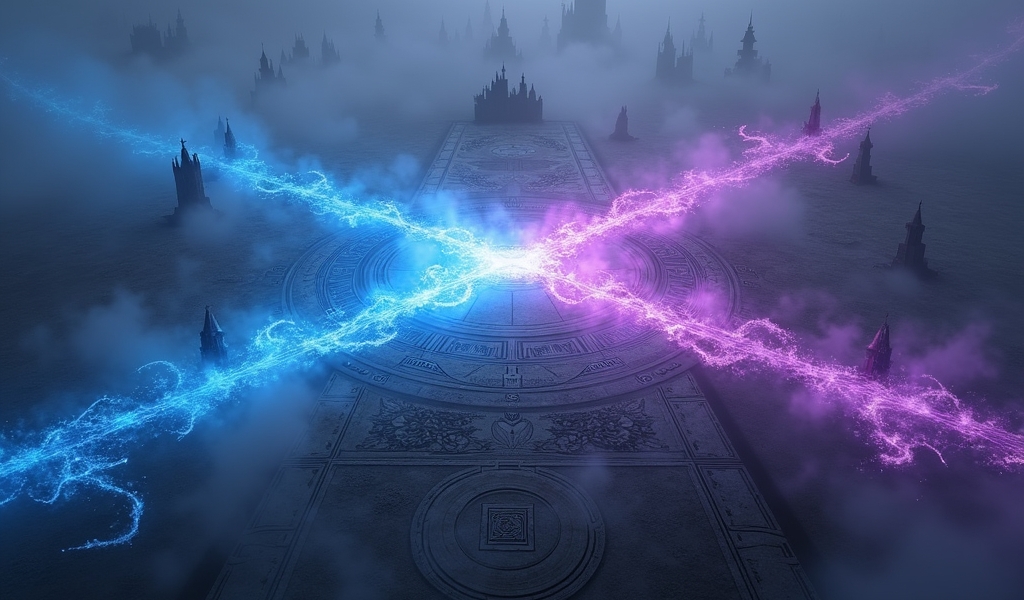
Communication and Teamwork
Split-pushing is often viewed as a solo endeavor, but the most effective split-pushes rely on excellent team coordination. Clear communication with your team about your intentions is crucial for split-pushing success. This ensures they understand when to play aggressively, when to back off, and how to capitalize on the pressure you’re creating.
Before committing to a split-push, communicate your plan to your team. A simple “splitting bot, play safe mid” can prevent your team from engaging in a fight they can’t win while you’re applying pressure elsewhere. Good shotcalling makes all the difference in coordinated split-pushing.
Effective split-push communication includes:
- Announcing your split intentions before committing
- Calling out enemy rotations toward your lane
- Coordinating push timing with objective spawns
- Indicating when you’re backing off or re-joining the team
- Asking for specific vision control to support your split
Many teams fall into the trap of flaming the split-pusher when they lose a 4v5 fight. To avoid this, make sure everyone understands the win condition: while you split, your team should focus on waveclearing and disengaging, not fighting. This shared understanding turns split-pushing from a potential point of frustration into a coordinated strategy.
Remember that effective roaming between lanes can complement your split-pushing strategy, creating even more pressure points for the enemy team to handle.
Essential Warding Strategy for Safe Split-Pushing
Vision control makes or breaks a split-push strategy. Proper warding provides the information you need to push confidently or retreat before enemies arrive. Developing a systematic warding approach will dramatically improve your split-pushing safety and effectiveness.
The key to split-push warding is anticipating enemy rotation paths rather than just warding bushes near you. Place wards deep in the enemy jungle and at key crossroads to give yourself maximum warning time when enemies move toward your lane.
Your core warding strategy should include:
- Deep wards at jungle entrances near your push lane
- Control wards in river or tri-brush to deny enemy vision
- Defensive wards if falling behind to spot flanks
- Blue trinket usage for quick, safe checks of foggy areas
Coordinate with your support and jungler for additional vision support. Ask them to place defensive wards around your split-push lane when they can safely do so. This team approach to vision control creates a much stronger safety net for your split-pushing endeavors.
Vision around key objectives like Baron is equally important when split-pushing. Your team needs to see enemies approaching these objectives to avoid being caught while you’re in a side lane. Consider purchasing extra control wards on every back to maintain vision dominance.
Remember that the best split-pushers don’t just use vision—they deny it from the enemy team. Clearing enemy wards with sweepers or control wards prevents the enemy from tracking your movements, making your split-push much more threatening.
Conclusion: Mastering the Art of Split-Pushing
Split-pushing techniques represent some of the most powerful tools in League of Legends for creating map pressure and securing victories. By implementing the seven strategies we’ve covered—champion selection, map awareness, wave management, timing, communication, warding, and objective control—you’ll dramatically improve your split-pushing effectiveness.
Remember that successful split-pushing is about balance. Push too aggressively without proper vision, and you’ll feed the enemy team. Play too cautiously, and you won’t create enough pressure to make a difference. Finding that perfect middle ground comes with practice and game awareness.
The most effective split-pushers understand that this strategy isn’t just about taking towers—it’s about creating dilemmas for the enemy team that have no good solution. When executed properly, your split-push forces opponents to make difficult choices, opening opportunities for your team across the map.
As you practice these split-pushing techniques, review your games to identify areas for improvement. Look for patterns in your deaths, missed opportunities, and successful pressure plays. Over time, you’ll develop an intuitive sense for when and how to split-push effectively.
Whether you’re dancing around Baron while your split-pusher takes an inhibitor, or you’re the one applying that side lane pressure, these strategies will help you climb the ranked ladder and dominate your games through superior map play.
Frequently Asked Questions
When should I split-push versus grouping with my team?
Split-push when you have teleport available, your team can safely waveclear 4v5, and there are no major objectives (Baron/Elder) immediately contestable. Group when your team lacks waveclear, the enemy has strong engage, or when a game-deciding objective is spawning.
Which wards are most important for safe split-pushing?
Deep wards in the enemy jungle that spot rotations early are most crucial, particularly at jungle entrances closest to your push lane. Control wards in river brushes and blue trinkets for quick vision checks provide the comprehensive vision network needed for safe split-pushing.
How do I deal with multiple enemies responding to my split-push?
When multiple enemies rotate to you, back off safely and communicate to your team to pressure elsewhere on the map. Your goal is to waste the enemies’ time and create a numbers advantage for your team, not necessarily to fight multiple opponents.
What should I do if my team keeps fighting 4v5 while I’m split-pushing?
Clearly communicate your split-pushing plan before executing it and ping when enemies leave to respond to you. If your team consistently takes bad fights, consider adjusting your strategy to include teleport plays or joining for key objective fights before resuming your split-push.
How can I improve my split-push decision making?
Review your replays focusing specifically on your split-push timing relative to objective spawns and team positioning. Practice tracking enemy positions on the minimap and set a mental timer for how long it would take them to reach you, backing off before they arrive rather than after spotting them.


